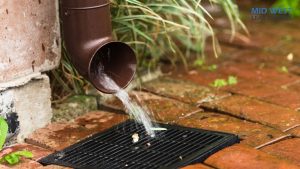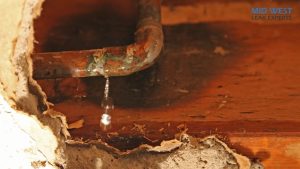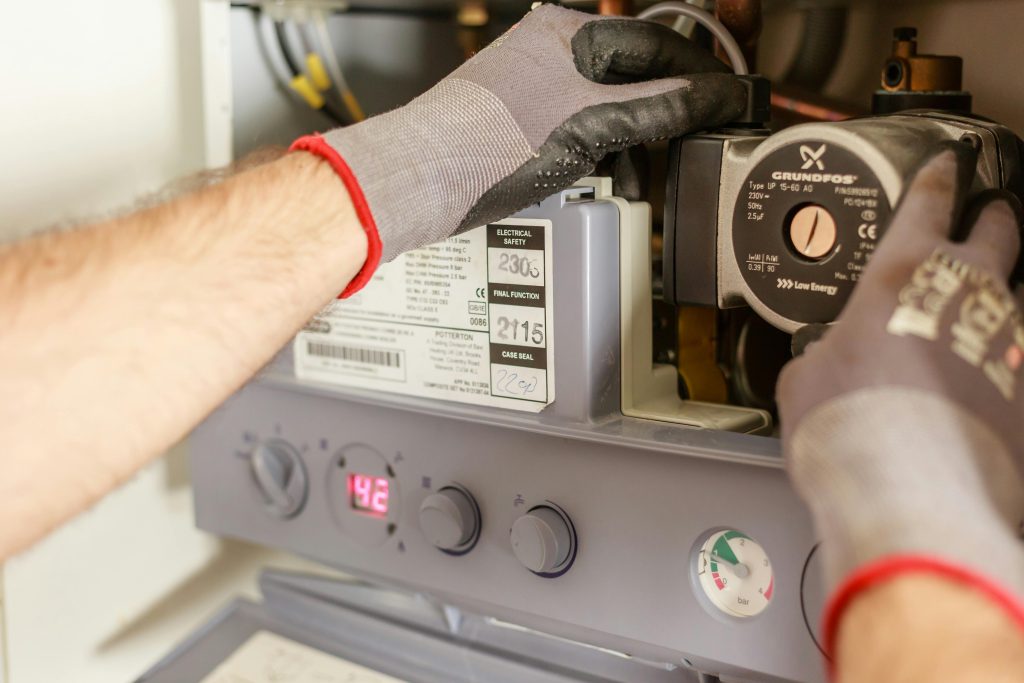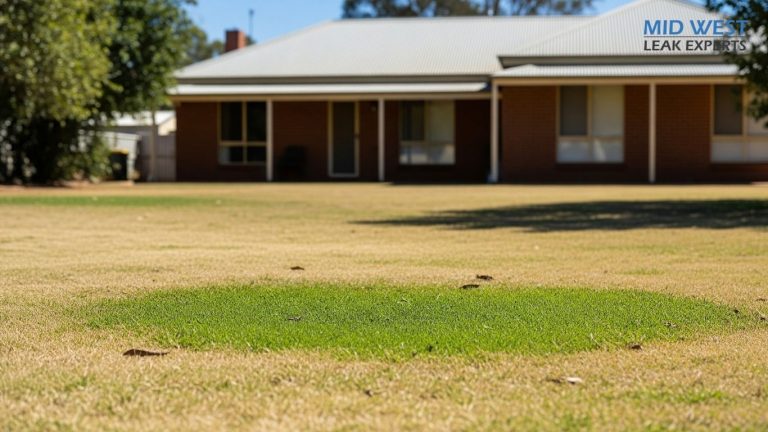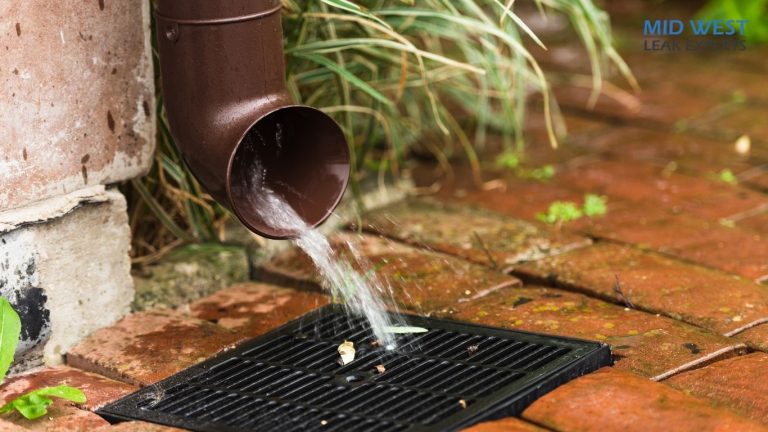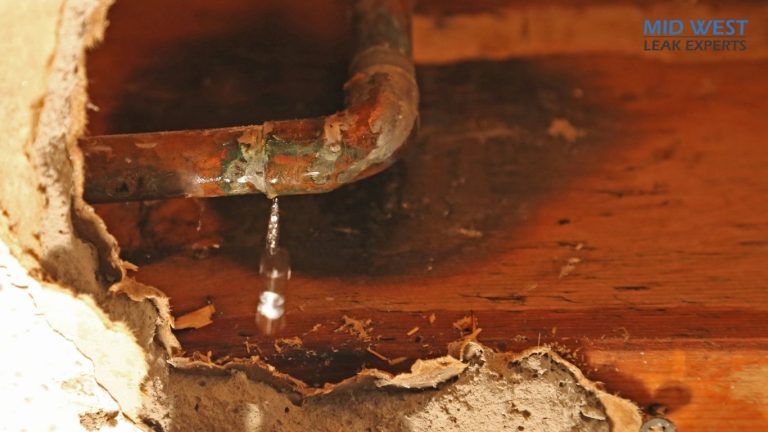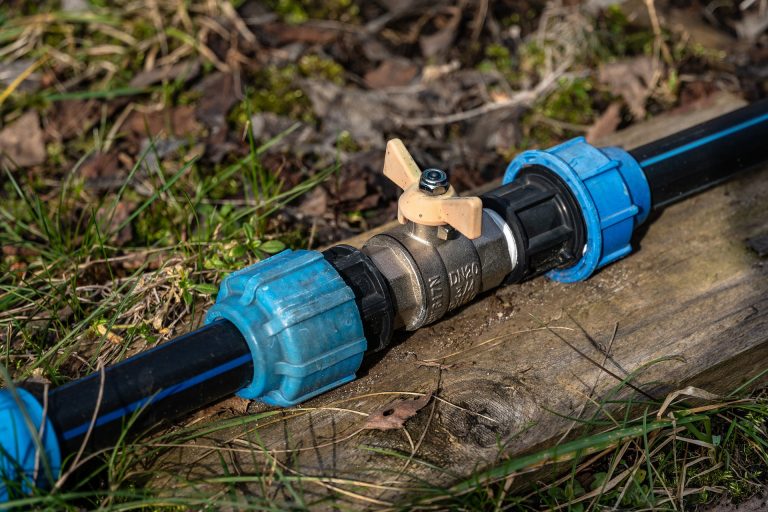Blocked Stormwater Drain Damaging Your Home?
That first heavy downpour of the season arrives, and you breathe a sigh of relief as the gardens get a much-needed drink. But have you ever stopped to think about where all that water is going? Your stormwater system is the unsung hero of your property, designed to channel thousands of litres of rainwater safely away from your home’s foundations. When it works, you don’t even notice it. But when it’s blocked, the consequences can be catastrophic, leading to silent, costly damage that can compromise the very structure of your home.
Are you confident your stormwater drains are clear and functioning correctly? For many homeowners in the Central West of NSW, from the rolling hills of Orange to the historic streets of Bathurst, a blocked stormwater drain is a hidden threat that only reveals itself when it’s too late. At Mid West Leak Experts, we’ve seen firsthand how a simple blockage can escalate into a major structural and financial disaster. This guide is designed to help you identify the risks, understand the warning signs, and know when to call in the experts to protect your most valuable asset.
The Hidden Dangers
What Really Happens When Your Stormwater Drain is Blocked?
A blocked stormwater drain isn’t just an inconvenience; it’s a ticking time bomb. When rainwater can’t escape through the designated pipes, it has to go somewhere. This “somewhere” is almost always the worst possible place: back towards your home. The immense pressure of the backed-up water, known as hydrostatic pressure, can force its way into places it should never be.
Think about the sheer volume of water coming off your roof during a typical Central West thunderstorm. A 150-square-metre roof can collect around 1500 litres of water for every 10mm of rain. If that water has no clear exit path, it will pool against your home’s foundations, seep into the sub-floor, and saturate the soil supporting your property.
Pro Tip: After the next heavy rain, take a quick walk around your property. Look for areas where water is pooling or where the ground seems unusually soggy near your downpipes. This is often the first and most obvious sign of a problem.
This saturation is where the real damage begins. It can lead to:
- Foundation Damage: Constant moisture can cause the soil around and under your foundations to shift and expand. This movement can lead to cracks in your concrete slab, brickwork, and internal walls. Are you noticing new cracks appearing in your home? This could be a direct result of a stormwater issue.
- Rising Damp and Mould: Water seeping into the sub-floor and wall cavities creates the perfect breeding ground for mould and mildew. This not only causes unpleasant odours and damages building materials but also poses a significant health risk to you and your family.
- Flooding and Water Ingress: In severe cases, blocked stormwater can lead to water entering your garage, sub-floor, or even the living areas of your home, causing widespread damage to flooring, furniture, and electrical systems.
- Pest Infestations: Blocked, damp pipes and pooling water are an open invitation for pests like mosquitoes, cockroaches, and rodents to breed and take up residence on your property.
The scary part? Much of this damage occurs out of sight, deep underground or within your walls. It’s a silent destroyer that can cost tens of thousands of dollars to rectify if left unchecked.
Telltale Signs
How to Spot a Blocked Stormwater Drain
So, how do you catch this problem before it causes a disaster? Your property will give you clues. You just need to know what to look for. Here are the key warning signs that you might have a blocked stormwater drain in Orange, Bathurst, or the surrounding Central West region.
- Gurgling Noises from Drains: When you hear gurgling sounds coming from your downpipes or stormwater pits long after the rain has stopped, it’s a classic sign of trapped air and water struggling to get past a blockage.
- Water Pooling Around Your Property: As mentioned earlier, this is a major red flag. Water should drain away quickly. If it’s creating ponds around your downpipes or in your garden, the system is not working.
- Slow Draining Pits or Overflowing Gutters: If the grated drain pits in your driveway or garden are slow to clear, or your gutters are overflowing even during moderate rainfall (and you know they’re clean), it points to a blockage further down the line.
- Soggy Patches or Unusually Green Grass: Is there a patch of lawn that is always damp and suspiciously lush, even in dry weather? This could indicate a cracked or leaking stormwater pipe underground, which is often caused by the pressure of a blockage.
- Cracks in Walls or Pavement: New or worsening cracks in your foundation, retaining walls, or concrete paths can be a symptom of the ground shifting due to excess moisture from a blocked drain.
- Visible Damage to Downpipes: Look for signs of water overflowing from the joins in your downpipes or staining on the wall behind them.
Here’s a simple breakdown of what these signs could mean for your property:
| Warning Sign | What It Likely Means | Potential Long-Term Damage |
| Gurgling Sounds | Air is trapped in the pipes due to a partial blockage. | Indicates an emerging problem that will worsen. |
| Pooling Water | The drain is completely blocked, forcing water to the surface. | Foundation saturation, landscape erosion. |
| Overflowing Gutters | A significant blockage is preventing any water from escaping. | Roof and eaves damage, water ingress into walls. |
| Damp Patches/Cracks | The pipe has likely cracked and is leaking into the subsoil. | Major foundation damage, structural instability. |
If you notice any of these signs, it’s crucial not to ignore them. The problem will not fix itself; it will only get worse.
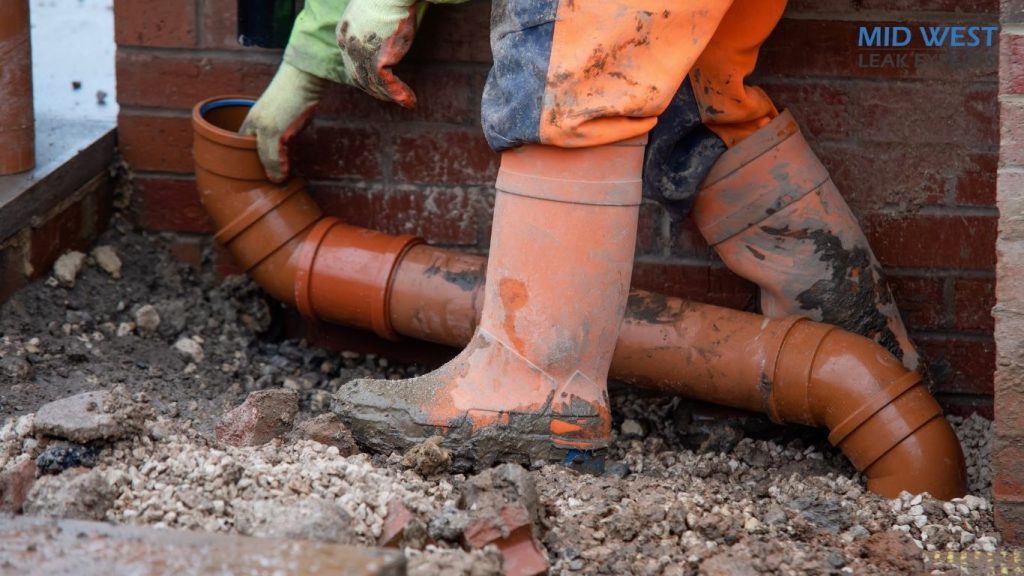
What’s Causing the Blockage?
The Usual Suspects in the Central West
Understanding the cause of a blockage can help in preventing future issues. In our extensive experience serving homes and businesses from Mudgee to Cowra, and Parkes to Lithgow, we find the culprits are usually one of the following:
- Tree Roots: This is, without a doubt, the number one cause. The beautiful gum trees and established European trees that give the Central West its character have extensive and aggressive root systems. These roots are naturally drawn to the moisture and nutrients inside your pipes. They can penetrate tiny cracks and joints, growing into a thick, fibrous mass that completely chokes the drain.
- Silt, Debris, and Leaves: Over time, dirt, leaves, garden mulch, and other debris can wash from your roof and paved areas into the stormwater system. This material settles in the pipes and gradually builds up, creating a solid blockage.
- Pipe Collapse or Damage: Older pipes, particularly earthenware or clay pipes, can crack and collapse due to ground movement, age, or the pressure from tree roots. Once a pipe is broken, it can quickly fill with soil and create a major blockage.
- Improper Installation: Unfortunately, we sometimes see stormwater systems that were not installed correctly, with improper gradients (“fall”) that prevent water and debris from clearing effectively.
Pro Tip: Be mindful of what you plant near your stormwater lines. If you’re planning a new garden, ask your local nursery for trees and shrubs with non-invasive root systems.
Why DIY is a Risk
The Mid West Leak Experts Professional Approach
When faced with a blocked drain, it can be tempting to try a DIY solution with a rented eel or high-pressure cleaner. However, this often does more harm than good. Why? Because you’re working blind. You might clear a small part of the blockage, but you won’t know the true cause or extent of the problem.
- You could damage the pipe: A mechanical eel can easily get stuck or break an already fragile pipe, turning a simple blockage into a major excavation job.
- You won’t address the real issue: If tree roots are the problem, simply punching a small hole through them will provide only temporary relief. The roots will grow back thicker and stronger.
- You can’t see what’s happening: Without the right diagnostic tools, you have no way of knowing if the pipe is cracked, collapsed, or has been compromised further down the line.
This is where our expertise and technology make all the difference. At Mid West Leak Experts, we don’t guess; we diagnose. We are not just plumbers; we are leak detection specialists. Our process is designed to be thorough, accurate, and non-invasive, saving you time, money, and unnecessary destruction of your property.
- CCTV Drain Camera Inspection: The first step is always to see exactly what is happening inside your pipes. We use a high-definition, flexible drain camera to travel through your stormwater system. This allows us to pinpoint the precise location and nature of the blockage, whether it’s tree roots, a collapsed section, or a build-up of silt.
- Advanced Jetting Technology: Once we’ve identified the problem, we typically use a high-pressure water jetter. This is far more effective and safer than a mechanical eel. The jetter’s powerful, multi-directional spray can cut through thick tree roots and flush out all debris, leaving your pipes perfectly clean.
- Pipe Location and Relining: If the camera inspection reveals a broken or cracked pipe, we don’t have to start digging up your entire garden. Using advanced locating equipment, we can pinpoint the exact position and depth of the damaged section. In many cases, we can then use “no-dig” pipe relining technology to create a new, tough, seamless pipe inside the old one, providing a permanent solution without the need for major excavation.
By using this cutting-edge technology, we provide a lasting solution, not a temporary fix. We ensure your stormwater system is not just unblocked, but fully restored to perfect working order.
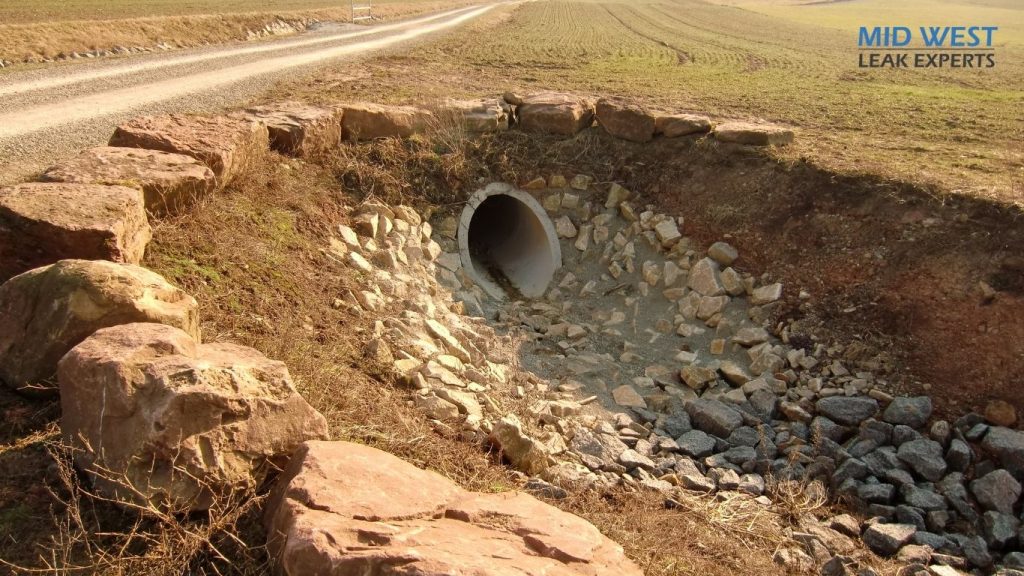
Protect Your Property Today
Don’t Wait for a Disaster
Your home is your biggest investment. A functioning stormwater system is one of its most critical defences against costly and heartbreaking damage. The signs of a blockage are subtle at first, but the consequences of ignoring them are severe. By being vigilant and proactive, you can protect your foundation, your family’s health, and your financial well-being.
If you have noticed any of the warning signs—gurgling drains, pooling water, or unexplained cracks in your walls—don’t delay. The problem is almost certainly more advanced than it appears on the surface.
The expert team at Mid West Leak Experts is here to help homeowners, businesses, and industrial clients across the Central West, from Orange and Bathurst to Mudgee, Lithgow, and beyond. We are the trusted, full-service specialists in diagnosing and resolving all plumbing issues, with a core focus on advanced, non-invasive solutions for blocked drains and hidden leaks.
Don’t let a blocked stormwater drain compromise your property. Take action today.
Call Us now at 0422-125-707 for an emergency call-out or to speak with one of our experts.
Alternatively, Enquire Now through our online form for a comprehensive assessment and a lasting solution to your stormwater problems.
Frequently Asked Questions
How much does it cost to unblock a stormwater drain in Orange NSW?
The cost depends entirely on the cause. A simple debris blockage is more affordable to clear than an issue caused by invasive tree roots or a collapsed pipe. We use diagnostic cameras to find the exact problem first, allowing us to provide a precise, upfront quote for a permanent solution. This saves you money on repeated call-outs.
Can a blocked stormwater drain cause internal flooding?
Yes, absolutely. During heavy rain, a severe blockage forces water back towards your house, where it can cause flooding in your garage, sub-floor, and even ground-floor living areas. Pooling water and overflowing gutters are urgent warning signs that require immediate action to prevent costly internal damage.
What’s the best way to stop tree roots from blocking my drains?
The most effective long-term solution is professional pipe relining. This process creates a tough, seamless new pipe inside the old one that seals all cracks and stops roots from getting in. For prevention, regular high-pressure jet cleaning can clear roots before they become a major problem, and we recommend getting a professional camera inspection if you suspect you have an issue.


